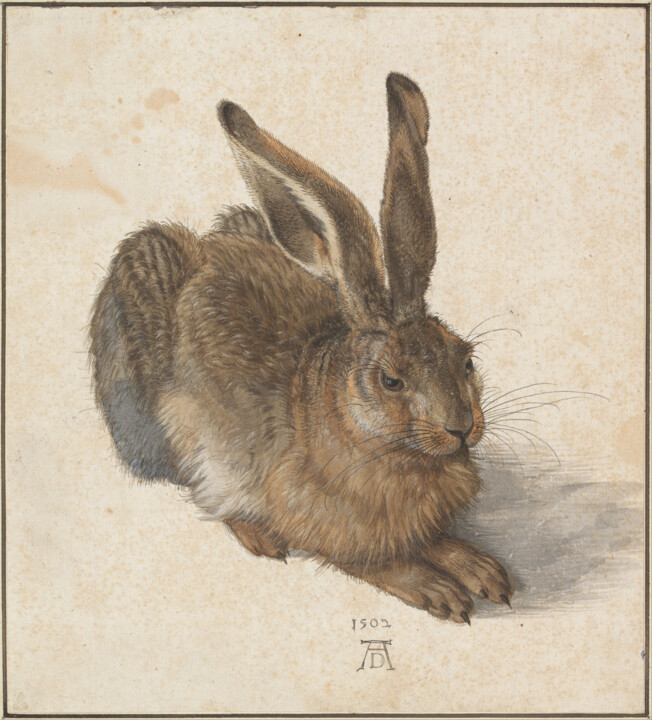"Fine-Arts" prints on paper
It is a process of printing on art paper using very high-quality pigment inks and printed in very high definition. Its level of conservation is exceptional (more than 100 years), its quality, depth, and richness of nuances exceeds the classic photo print on Argentic paper.

Glossy finish
Apart from its exceptional thickness, the fiber paper is composed of an alpha-cellulose base without acid and it is covered with barium sulphate, and a microporous layer absorption enhancing pigments during printing. A pure white color, non-yellowing to light, this paper is especially designed for resistance and aging. It is used by major museums worldwide as it offers excellent resolution, rendering deep and dense colors.
Art Print "Fine Art" - Glossy finish on a fiber base paper 325 g.

Our high end prints and reproductions
ArtMajeur only uses natural papers with neutral pH, resistant, and of high quality, selected from renowned papermakers!
Constant attention is paid by our master printer, whether in terms of color control or respect for the graphic chain. Our high level of quality requirement is a major asset of ArtMajeur framed art prints.
For Artists! You help artists to live from their work. They receive royalties everytime you buy their prints.
About our fine prints-
Original Artwork
Painting,
Watercolor
- Dimensions Height 9.8in, Width 8.9in
- Framing This artwork is not framed
- Categories Classicism Animal
Related themes
Albrecht Dürer (1471-1528) was a German painter, printmaker, and theorist of the Renaissance, widely regarded as one of the most significant artists of his time. Born in Nuremberg, he was the son of a goldsmith, which likely influenced his early interest in craftsmanship and detail. Dürer began his artistic training at a young age, apprenticed to the painter Michael Wolgemut, where he learned the techniques of woodcut and engraving.
Dürer’s early works demonstrate a keen interest in nature and the human form, showcasing his exceptional skills in drawing and perspective. His trip to Italy in 1494 introduced him to the innovations of the Italian Renaissance, which profoundly influenced his work. Dürer blended the meticulous detail of Northern European art with the classical ideals of the Italian Renaissance, creating a unique style that set him apart.
He is perhaps best known for his masterful engravings, such as "Melencolia I," "Knight, Death and the Devil," and "St. Jerome in His Study," which highlight his technical skill and deep understanding of human psychology. Dürer also produced a series of remarkable paintings, including "Adoration of the Magi" and "The Four Apostles," which reflect his interest in religious themes and human emotion.
In addition to his artistic output, Dürer was a prolific writer and theorist. He authored several treatises on perspective, fortifications, and proportion, including the influential "Four Books on Measurement" and "A Treatise on the Art of Painting." His writings contributed to the development of art theory and practice in Northern Europe.
Dürer’s influence extended beyond his lifetime; he played a crucial role in establishing printmaking as a respected art form and helped to elevate the status of artists in society. His work had a lasting impact on subsequent generations of artists, and he is often regarded as the father of German painting. Albrecht Dürer died in 1528 in Nuremberg, leaving behind a legacy of innovation, mastery, and intellectual exploration that continues to inspire artists and scholars to this day.
-
Nationality:
GERMANY

- Date of birth : unknown date
- Artistic domains: Represented by a Gallery,
- Groups: Contemporary German Artists Artists presented by a gallery









